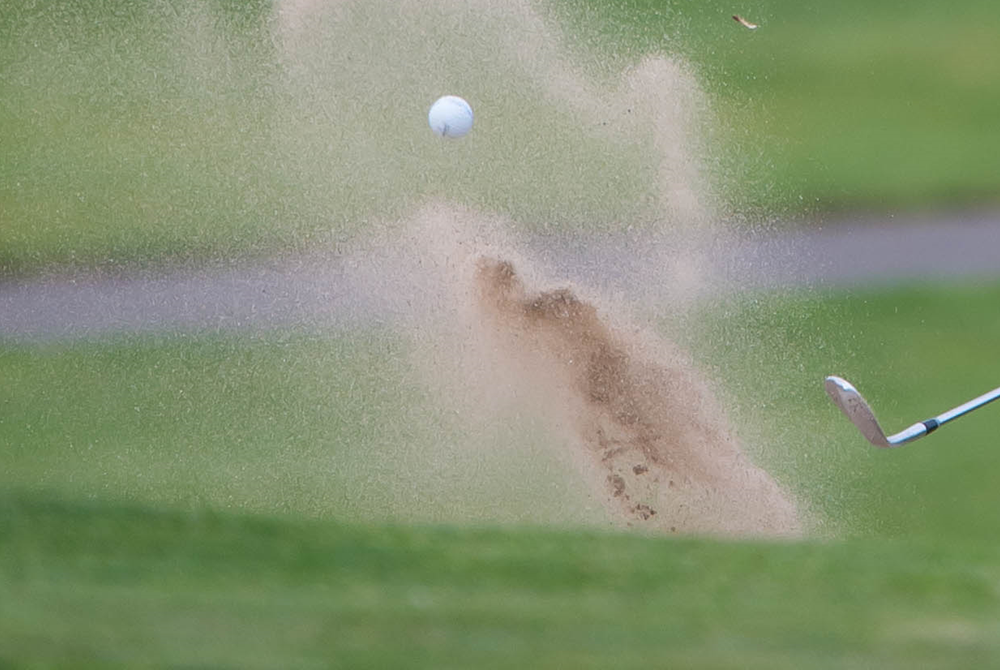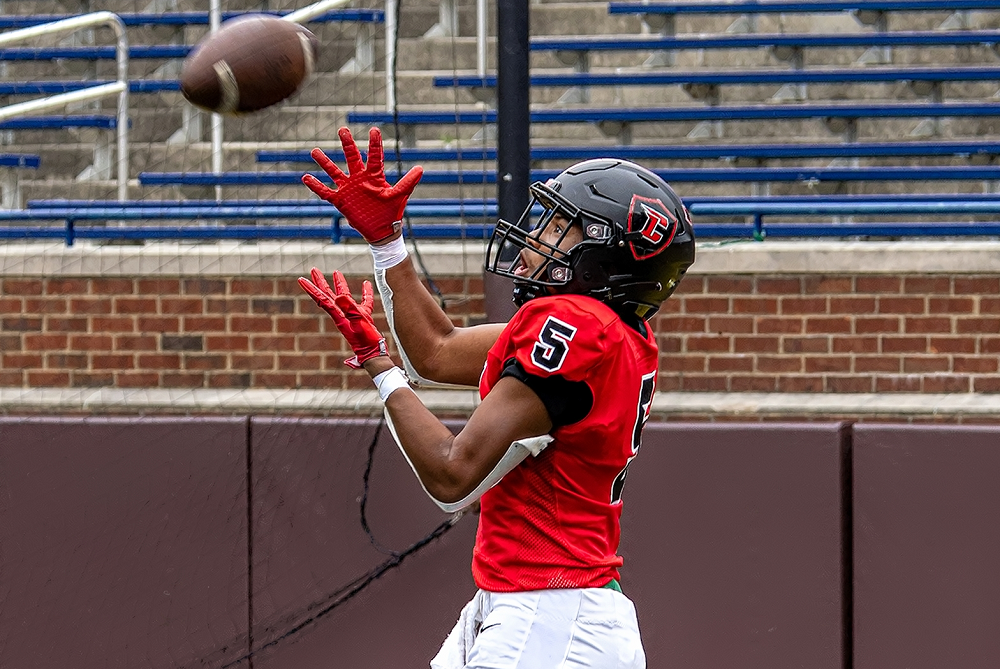
Be the Referee: Abnormal Course Condition
By
Paige Winne
MHSAA Marketing & Social Media Coordinator
October 1, 2024
Be The Referee is a series of short messages designed to help educate people on the rules of different sports, to help them better understand the art of officiating, and to recruit officials.
Below is this week's segment – Abnormal Course Condition - Listen
We’re on the golf course today and our approach into 18 has gone from bad to worse. Or has it?
Our shot lands in a puddle, in the middle of a bunker, which certainly isn’t good. But because water in a bunker is an abnormal course condition, we’re allowed free relief.
We’re able to go to the nearest spot of relief, no closer to the hole, and drop within a club’s length of that spot while still playing from the bunker.
Or relief can be taken outside of the bunker, no closer to the hole, and within line of the shot – but a penalty stroke is added.
So you have two options if you find water inside a bunker; only one requires you to take a penalty stroke.
Of course the best course of action is to avoid the bunkers all together!
Previous 2024-25 Editions
Sept. 25: Tennis Nets - Listen
Sept. 18: Libero - Listen
Sept. 10: Cross Country Uniforms - Listen
Sept. 3: Soccer Handling - Listen
Aug. 24: Football Holding - Listen

Be the Referee: Football Rules Differences
By
Sam Davis
MHSAA Director of Officials
August 23, 2023
Be The Referee is a series of short messages designed to help educate people on the rules of different sports, to help them better understand the art of officiating, and to recruit officials.
Below is this week's segment – Football Rules Differences - Listen
The first week of the high school football season is always exciting … and sometimes confusing. Here are some – not all – differences between the high school game and what you see on Saturdays and Sundays.
In high school, there is no such thing as an uncatchable ball when judging pass interference. It is a penalty if there is illegal contact, whether the ball is catchable or not.
In overtime, high school teams start with the ball at the 10-year line – not the 25 like in college. And in high school overtime, you are only able to get a first down via penalty. And, at no time is a high school team required to go for two points.
And on extra point plays, if the defense gains possession, the try is over. The defense cannot return the ball for two points.

